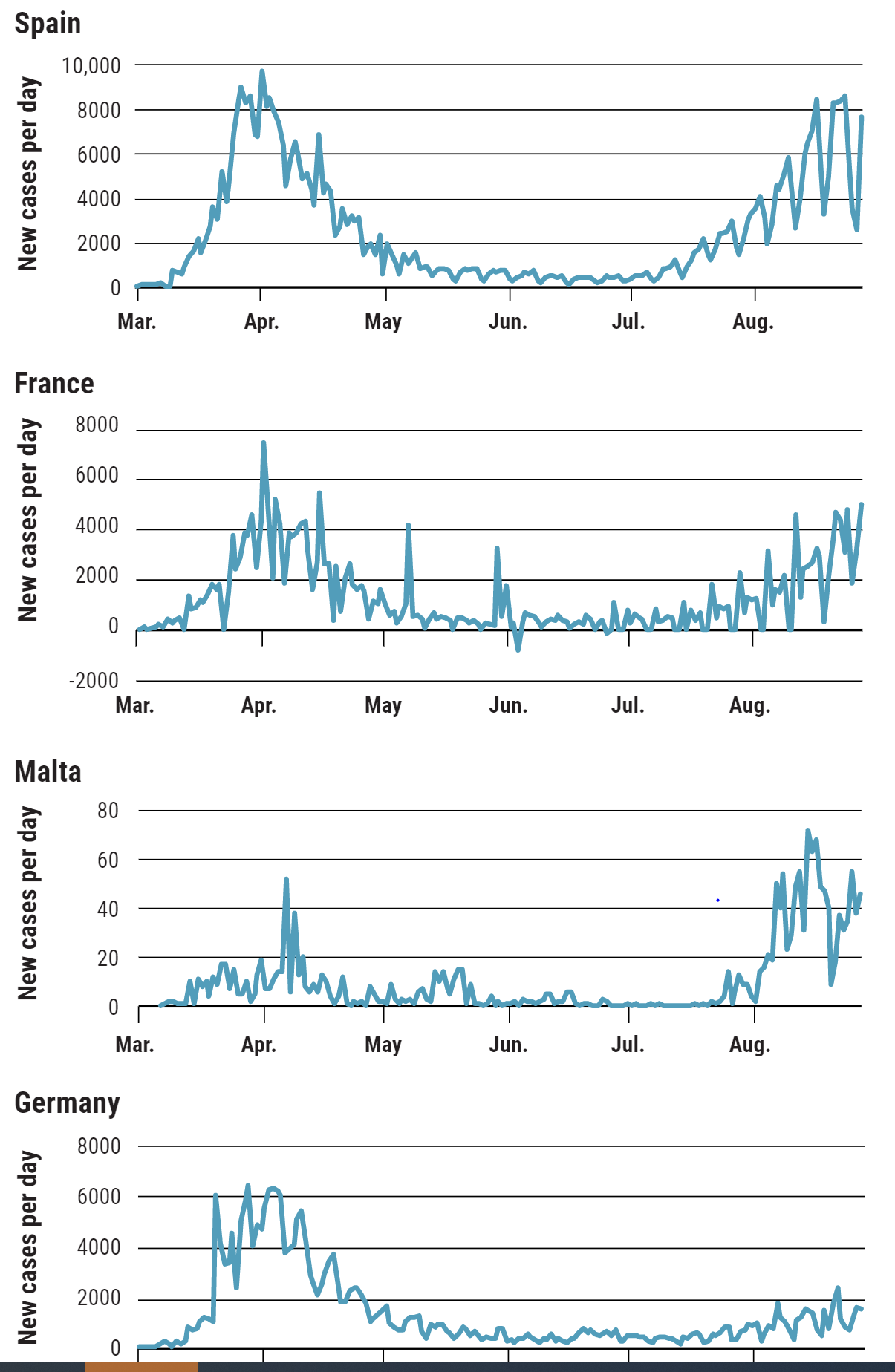[roll] [roll][roll][roll]
I dunno about you, but I sure wish we were in NZ’s situation. They’ve been basically open and virus free the majority of this year.
[roll] [roll][roll][roll]
Wow, NZ really screwed up their economy. Poor leadership.
@SkilletHead2
Powerful stuff. If true, the death #'s are complete BS.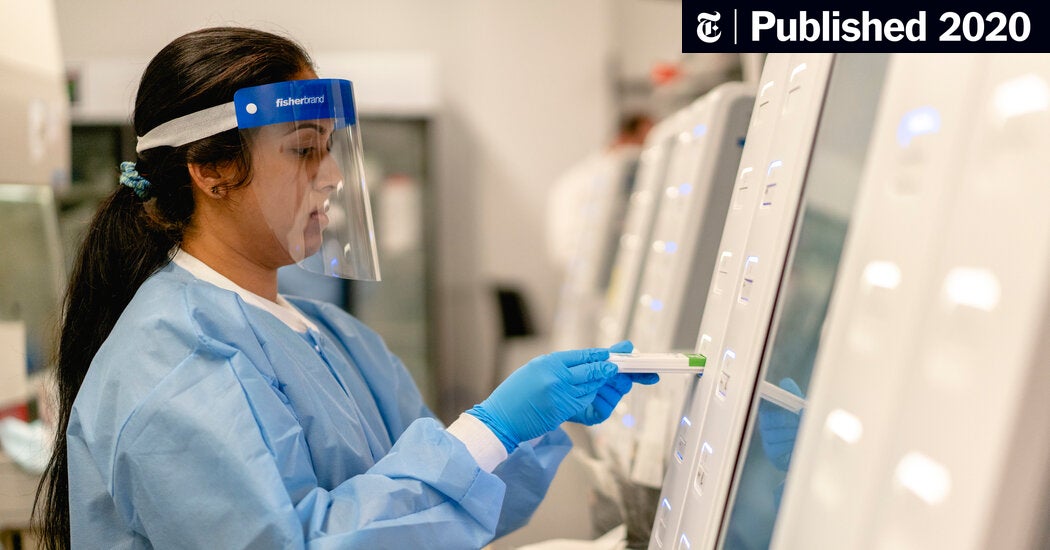
Your Coronavirus Test Is Positive. Maybe It Shouldn’t Be. (Published 2020)
The usual diagnostic tests may simply be too sensitive and too slow to contain the spread of the virus.www.nytimes.com
I can't believe some of you are still trying to compare NZ to the U.S. I dunno, did any NZ guvs send their chicomvirus-infected elderly into nursing homes?I dunno about you, but I sure wish we were in NZ’s situation. They’ve been basically open and virus free the majority of this year.
#Move.
How Geography Helped New Zealand Beat Coronavirus
Because New Zealand is an island, it had some inherent advantages that helped with the fight against COVID-19. With no land-based entry points, the country has an easier time monitoring who comes in and out of the country. The mountainous terrain also limits where people live. If you look at the topographic map at the beginning of this article and compare it with where people live (below), you see what I am talking about. According to the New Zealand government website, population density is low - “....with an area of 271,000 square kilometres....Consequently, its population density is relatively low, at 15 people per square kilometre – less than half the OECD average and higher than only Australia, Iceland, Canada and Norway.”
https://www.forbes.com/sites/marsha...ed-new-zealand-beat-coronavirus/#4d17be234215
I can't believe some of you are still trying to compare NZ to the U.S. I dunno, did any NZ guvs send their chicomvirus-infected elderly into nursing homes?
Geography, lower pop density, 14% the international travel of U.S., centralized national government...No argument on geography. That definitely helped, as did their clear, swift action and leadership.

ill find the ny times story after i come back from the gym unless someone else finds it, I dont find the NY Times credible usually especially after todays gaslighting about protestors needing protection from right wing mobs but they did come up with one article that got very little attention that is referred to in the tweet I posted
Powerful stuff. If true, the death #'s are complete BS.
NYT saying the cases and deaths are BS. Crazy stuff. I knew the "data" was questionable but this is surprising even to me.You didn't "find" anything - we spent half a page talking about this on Saturday. Try to keep up. And T, you've sunk to a moronic new low, as the Times article about PCR test sensitivity/cycles changes nothing about deaths at all, just possibly cases. As per my post from Saturday on this, all this likely means is that we've found more asymptomatic/pre-symptomatic cases than some other countries and the pre-symptomatic cases would've been discovered soon after, anyway and it's good to find asymptomatic cases early so they can be isolated - if the PCR test is all we have - but if we can roll out these 15-minute, cheap easy to use screening tests, then we can test far more people and get real time results and quarantine immediately (even if the sensitivity is lower, as long as we test frequently) rather than waiting for a week or more (and leave the PCR test as a confirmatory test).
COVID-19 Pandemic: Transmissions, Deaths, Treatments, Vaccines, Interventions and More...
Wearing a mask isn't meant to protect YOU from the virus. You're afraid of the big, bad government telling you what to do so you put everyone around you at risk. Coward. Seems to me my little friend when I ignore the EO's I am not affraid of the gov't. And if people want to avoid me that's up...rutgers.forums.rivals.com
You didn't "find" anything - we spent half a page talking about this on Saturday. Try to keep up. And T, you've sunk to a moronic new low, as the Times article about PCR test sensitivity/cycles changes nothing about deaths at all, just possibly cases. As per my post from Saturday on this, all this likely means is that we've found more asymptomatic/pre-symptomatic cases than some other countries and the pre-symptomatic cases would've been discovered soon after, anyway and it's good to find asymptomatic cases early so they can be isolated - if the PCR test is all we have - but if we can roll out these 15-minute, cheap easy to use screening tests, then we can test far more people and get real time results and quarantine immediately (even if the sensitivity is lower, as long as we test frequently) rather than waiting for a week or more (and leave the PCR test as a confirmatory test).
COVID-19 Pandemic: Transmissions, Deaths, Treatments, Vaccines, Interventions and More...
Wearing a mask isn't meant to protect YOU from the virus. You're afraid of the big, bad government telling you what to do so you put everyone around you at risk. Coward. Seems to me my little friend when I ignore the EO's I am not affraid of the gov't. And if people want to avoid me that's up...rutgers.forums.rivals.com
NYT saying the cases and deaths are BS. Crazy stuff. I knew the "data" was questionable but this is surprising even to me.
Good thing I post elsewhere, since my posts on Swine Flu/H1N1 were mostly on the CE board. Contrary to what Klain said (and he admitted he wasn't involved in the H1N1 response), H1N1 was handled quite well by the Obama Administration. With regard to testing, as per the wiki page on this, the first US case was 4/17 (and it hit the US earlier than almost anywhere, as it started in Mexico in early Spring) and the CDC had test kits out to all 50 states by 5/6, a mere 3 weeks later, way faster than we had testing available for COVID (it took ~6 weeks: first US case on 1/21 and testing widely available in early March - and it took 8-9 weeks to have testing volume at a barely adequate level).
And with regard to reducing testing in July, by then it was clear that the outbreak was no worse than any typical flu (and in fact it ended up being less deadly than a typical flu, partly due to fast development/deployment of a vaccine), so investing tons of resources on testing everyone didn't seem to be worth the investment at that point H1N1 ended up being even less worse than a normal flu season with 12,000 deaths vs an "average" flu season of 34,000 deaths (with twice as many people infected, so the infection fatality ratio was around 0.025 vs. 0.1 for flu). These were the words of Canadian expert Dr. Rau in late April:
"I don't agree with (the WHO) because I think it's a panic metre, not a pandemic metre. [...] If that flu-like illness is not deadly, I don't know what the cause for alarm is for people who are not really sickened by this virus. [...] I'm really eager to know how much worse this is than seasonal flu. So far it's looking like it's not that serious."
CTV.ca | Seasonal flu killing more people than 'swine flu'
web.archive.org
2009 swine flu pandemic in the United States - Wikipedia
en.wikipedia.org
They didn't declare a national emergency right away because they didn't need to (they did declare a public health emergency to secure the needed funding); they also spearheaded an incredible effort by the CDC/FDA and private vaccine makers to bring a vaccine on-line in 6 months in time for the fall flu season. And, of course, we got "lucky" that it wasn't far worse, but we have no idea how the Obama/Biden administration would've responded to a COVID-like pandemic. Based on the very fast rollout of testing and record speed for a vaccine, I'd like to think they would have done very well.
More details are in the linked article below, which is excerpted in italics.
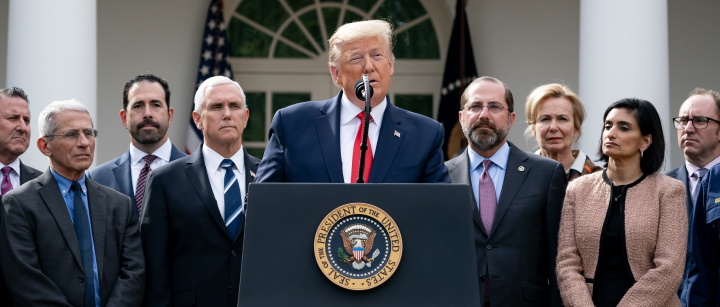
Trump’s H1N1 Swine Flu Pandemic Spin - FactCheck.org
In tweets and other appearances, President Donald Trump has repeatedly compared his response to the new coronavirus with President Barack Obama’s handling of the 2009 H1N1 influenza pandemic. But Trump’s information is frequently incorrect or misleading -- and the two viruses are very different.www.factcheck.org
𝘊𝘰𝘯𝘵𝘳𝘢𝘳𝘺 𝘵𝘰 𝘛𝘳𝘶𝘮𝘱’𝘴 𝘴𝘶𝘨𝘨𝘦𝘴𝘵𝘪𝘰𝘯 𝘵𝘩𝘢𝘵 𝘵𝘩𝘦 𝘖𝘣𝘢𝘮𝘢 𝘢𝘥𝘮𝘪𝘯𝘪𝘴𝘵𝘳𝘢𝘵𝘪𝘰𝘯 𝘥𝘪𝘥 “𝘯𝘰𝘵𝘩𝘪𝘯𝘨,” 𝘰𝘧𝘧𝘪𝘤𝘪𝘢𝘭𝘴 𝘥𝘦𝘤𝘭𝘢𝘳𝘦𝘥 𝘢 𝘱𝘶𝘣𝘭𝘪𝘤 𝘩𝘦𝘢𝘭𝘵𝘩 𝘦𝘮𝘦𝘳𝘨𝘦𝘯𝘤𝘺 𝘦𝘢𝘳𝘭𝘺 𝘪𝘯 𝘵𝘩𝘦 𝘏1𝘕1 𝘰𝘶𝘵𝘣𝘳𝘦𝘢𝘬, 𝘴𝘦𝘤𝘶𝘳𝘦𝘥 𝘧𝘶𝘯𝘥𝘪𝘯𝘨 𝘧𝘳𝘰𝘮 𝘊𝘰𝘯𝘨𝘳𝘦𝘴𝘴 𝘢𝘯𝘥 𝘶𝘭𝘵𝘪𝘮𝘢𝘵𝘦𝘭𝘺 𝘥𝘦𝘤𝘭𝘢𝘳𝘦𝘥 𝘢 𝘯𝘢𝘵𝘪𝘰𝘯𝘢𝘭 𝘦𝘮𝘦𝘳𝘨𝘦𝘯𝘤𝘺, 𝘢𝘴 𝘸𝘦’𝘭𝘭 𝘦𝘹𝘱𝘭𝘢𝘪𝘯 𝘣𝘦𝘭𝘰𝘸.
𝘖𝘯 𝘵𝘰𝘱 𝘰𝘧 𝘵𝘩𝘢𝘵, 𝘵𝘩𝘦 𝘊𝘋𝘊 𝘴𝘦𝘲𝘶𝘦𝘯𝘤𝘦𝘥 𝘵𝘩𝘦 𝘯𝘦𝘸 𝘷𝘪𝘳𝘶𝘴, 𝘤𝘳𝘦𝘢𝘵𝘦𝘥 𝘵𝘦𝘴𝘵𝘪𝘯𝘨 𝘬𝘪𝘵𝘴, 𝘢𝘯𝘥 𝘵𝘩𝘦 𝘍𝘰𝘰𝘥 𝘢𝘯𝘥 𝘋𝘳𝘶𝘨 𝘈𝘥𝘮𝘪𝘯𝘪𝘴𝘵𝘳𝘢𝘵𝘪𝘰𝘯 𝘢𝘱𝘱𝘳𝘰𝘷𝘦𝘥 𝘮𝘶𝘭𝘵𝘪𝘱𝘭𝘦 𝘷𝘢𝘤𝘤𝘪𝘯𝘦𝘴, 𝘢𝘮𝘰𝘯𝘨 𝘰𝘵𝘩𝘦𝘳 𝘢𝘤𝘵𝘪𝘰𝘯𝘴.
𝘙𝘦𝘱. 𝘔𝘪𝘤𝘩𝘢𝘦𝘭 𝘉𝘶𝘳𝘨𝘦𝘴𝘴, 𝘢 𝘙𝘦𝘱𝘶𝘣𝘭𝘪𝘤𝘢𝘯 𝘧𝘳𝘰𝘮 𝘛𝘦𝘹𝘢𝘴, 𝘱𝘳𝘢𝘪𝘴𝘦𝘥 𝘵𝘩𝘦 𝘊𝘋𝘊 𝘢𝘵 𝘢 𝘏𝘰𝘶𝘴𝘦 𝘩𝘦𝘢𝘳𝘪𝘯𝘨 𝘪𝘯 2016 𝘧𝘰𝘳 𝘲𝘶𝘪𝘤𝘬𝘭𝘺 𝘥𝘦𝘷𝘦𝘭𝘰𝘱𝘪𝘯𝘨 𝘢 𝘷𝘢𝘤𝘤𝘪𝘯𝘦 𝘧𝘰𝘳 𝘵𝘩𝘦 𝘴𝘸𝘪𝘯𝘦 𝘧𝘭𝘶 𝘪𝘯 𝘢𝘣𝘰𝘶𝘵 𝘴𝘪𝘹 𝘮𝘰𝘯𝘵𝘩𝘴 — 𝘪𝘯 𝘵𝘪𝘮𝘦 𝘧𝘰𝘳 𝘵𝘩𝘦 𝘴𝘵𝘢𝘳𝘵 𝘰𝘧 𝘵𝘩𝘦 𝘴𝘤𝘩𝘰𝘰𝘭 𝘺𝘦𝘢𝘳 𝘪𝘯 𝘚𝘦𝘱𝘵𝘦𝘮𝘣𝘦𝘳 2009. “𝘚𝘰 𝘵𝘩𝘢𝘵’𝘴 𝘢 6-𝘮𝘰𝘯𝘵𝘩 𝘵𝘪𝘮𝘦 𝘧𝘳𝘢𝘮𝘦 𝘪𝘧 𝘐’𝘮 𝘥𝘰𝘪𝘯𝘨 𝘮𝘺 𝘮𝘢𝘵𝘩 𝘤𝘰𝘳𝘳𝘦𝘤𝘵𝘭𝘺 𝘵𝘩𝘢𝘵 𝘺𝘰𝘶 𝘸𝘦𝘳𝘦 𝘢𝘣𝘭𝘦 𝘵𝘰 𝘪𝘥𝘦𝘯𝘵𝘪𝘧𝘺 𝘵𝘩𝘦 𝘨𝘦𝘯𝘦𝘵𝘪𝘤 𝘴𝘦𝘲𝘶𝘦𝘯𝘤𝘦 𝘰𝘧 𝘵𝘩𝘦 𝘷𝘪𝘳𝘶𝘴, 𝘳𝘦𝘷𝘦𝘳𝘴𝘦 𝘦𝘯𝘨𝘪𝘯𝘦𝘦𝘳 𝘢 𝘷𝘢𝘤𝘤𝘪𝘯𝘦, 𝘵𝘦𝘴𝘵 𝘪𝘵, 𝘢𝘴𝘴𝘶𝘳𝘦 𝘪𝘵𝘴 𝘴𝘢𝘧𝘦𝘵𝘺 𝘢𝘯𝘥 𝘦𝘧𝘧𝘪𝘤𝘢𝘤𝘺, 𝘢𝘯𝘥 𝘨𝘦𝘵 𝘪𝘵 𝘵𝘰 𝘴𝘤𝘩𝘰𝘰𝘭 𝘵𝘦𝘢𝘤𝘩𝘦𝘳𝘴 𝘰𝘯 𝘵𝘩𝘦 𝘴𝘦𝘤𝘰𝘯𝘥 𝘸𝘦𝘦𝘬 𝘰𝘧 𝘴𝘤𝘩𝘰𝘰𝘭. 𝘛𝘩𝘢𝘵’𝘴 𝘱𝘳𝘦𝘵𝘵𝘺 𝘪𝘮𝘱𝘳𝘦𝘴𝘴𝘪𝘷𝘦,” 𝘩𝘦 𝘴𝘢𝘪𝘥.
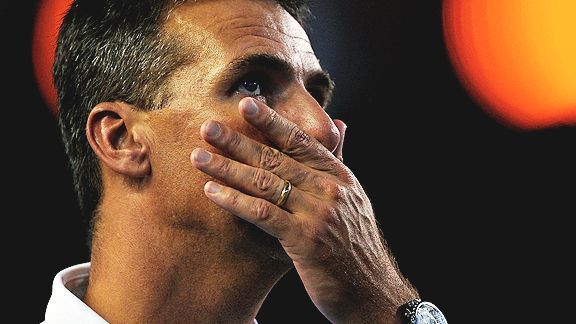
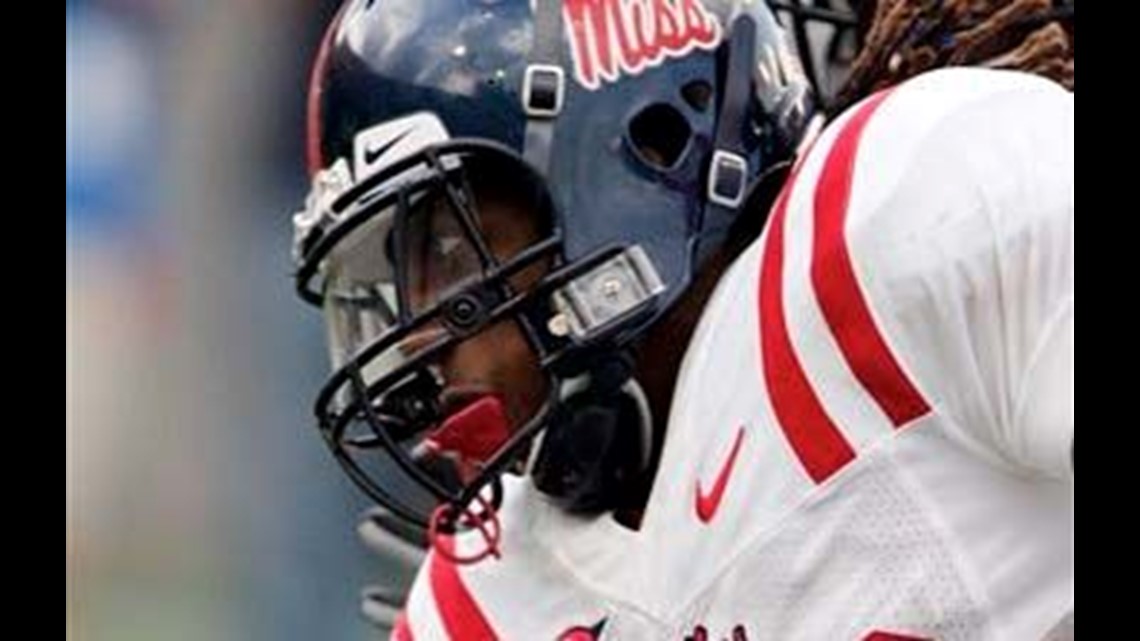
Yeah, NZ was definitely sad when their lockdown led to a full reopening, the type of reopening we won't be seeing until 2021, if that. Strong troll, moobs.
If only we could have made the U.S. a geographically isolated island continent and decreased the population by 98% before this started we'd probably be in much better shape.
Wow, NZ really screwed up their economy. Poor leadership.
@SkilletHead2
Same thing going on in Victoria Province, Australia.
In case anyone is interested in what is actually going on in New Zealand as opposed to what Trump and Ingraham are saying, we've had 1 COVID death in the past four months; we currently have 132 active cases nationwide, 10 of those in hospital.
We had no community transmission for over 100 days when a small outbreak occurred in Auckland, requiring a moderate level of lockdown there. The majority of cases (we get between 5-13 new cases a day nationally) are kiwis returning to NZ from highly infected places like the US. They are put in quarantine immediately upon arrival (everyone is when first coming into the country).
I live on the South Island, and have led a perfectly normal life for about four months now. We go to restaurants, socialize, kids in school, etc.
When COVID hit here back in March and April, our incredible PM made the call to go on lockdown nationally. Compliance was very close to 100% and we eliminated the disease in terms of community transmission. So then we came back out, and until this very recent community outbreak in Auckland, had zero community transmissions for 100 days. And we are now back to zero community transmissions.
Overall, we've had 1752 confirmed or likely cases total, and a total of 22 deaths. Population is 5 million. Do the math.
As to the economy, we went into COVID with a strong economy and very little national debt. We aren't really a rich country, but at the same time, are really frugal. But we are one of those terrible Socialist countries, so we actually support people who are out of work. So when people were laid off, we supported them and continue to do so. Helping one another out is a Kiwi tradition. The economy is highly reliant on tourism, so we are going to have some hard times, but Kiwis who are employed have been travelling to vacation spots to help out the tourism industry. Moms Skillethead and I have made two such trips recently.
Our situation is night and day different to Australia. They are hurting.
I wouldn't want to be living anywhere else in the world right now.
+1The economy is highly reliant on tourism, so we are going to have some hard times
Did you even read what he wrote? Nowhere did he say NZ was in “bad shape”. No one takes posts out of context or makes sh!t up more than you.+1
NZ is in bad shape and it will likely get worse. Hang in there! Pulling for you guys.
Did you even read what he wrote? Nowhere did he say NZ was in “bad shape”. No one takes posts out of context or makes sh!t up more than you.
I replied to a direct quote from him.Did you even read what he wrote? Nowhere did he say NZ was in “bad shape”. No one takes posts out of context or makes sh!t up more than you.
Means the 1st round is over.So if you combine the super sensitivity of the tests, the percentage of false positives that are more prevalent at this level of testing, and the fact that in July 2020, less people in NJ died than in July 2019 and July 2018, and the fact that anyone who had a positive Covid test (at a super sensitive threshold level) within 30 days of dying is classified as a "Covid death," what conclusion is left to logically draw about the pandemic at this specific point in time in this specific place we live?
Good summary of the situation. The virus seems to adhere to a certain timeline. Almost all states and country follow the same curve.So if you combine the super sensitivity of the tests, the percentage of false positives that are more prevalent at this level of testing, and the fact that in July 2020, less people in NJ died than in July 2019 and July 2018, and the fact that anyone who had a positive Covid test (at a super sensitive threshold level) within 30 days of dying is classified as a "Covid death," what conclusion is left to logically draw about the pandemic at this specific point in time in this specific place we live?
It's his forte.Did you even read what he wrote? Nowhere did he say NZ was in “bad shape”. No one takes posts out of context or makes sh!t up more than you.
NYT saying the cases and deaths are BS. Crazy stuff. I knew the "data" was questionable but this is surprising even to me.
Best description of T ever written.T2K is much more easily understood when you realize he's that obnoxious brother holding his finger a centimeter from your face and saying "I'm not touching you."
At which point, like a good brother, you stop trying to reason with him and (verbally) destroy him to the core.
If H1N1 was gone or even under control that quickly it was sure news to college football teams in the fall of 2009. Many apparently had a significant number of players miss time with it.

Fish: Catching football fever. Literally
Medical experts recommend isolation for at least 24 hours after the fever is gone. So why are schools letting players with flu-like symptoms suit up and knock heads?www.espn.com

College football teams tackling swine flu
Helmets and shoulder pads - and hand sanitizer.www.cbs8.com
At Duke, in Durham, N.C., one player had a confirmed case of swine flu in early August, about a month before the season started last weekend. School officials said two or three dozen players experienced flu symptoms and it took about 10 days to get healthy.Tulane, in New Orleans, cleared 27 players with mostly mild symptoms to return to practice about a week before the Green Wave opened their season with a loss to Tulsa.Washington State had 16 players get sick before its home opener Saturday - a loss to Stanford - amid a larger flu outbreak at the school. The university placed hand sanitizers at concession stands for the game, which drew just 22,386 fans - about 5,500 fewer than last year's opener.Mississippi and Wisconsin have been dealing with seriously depleted rosters at practice this week as player after player has come down with the fever, coughing, body aches and sore throats that are symptoms of the H1N1 virus.
Seems that very little was done to stop the spread, it just wasn't that deadly.
FIFY.If only wecould have made the U.S. a geographically isolated island continent and decreased the population by 98%had followed the pandemic playbook before this started we'd probably be in much better shape.
Of course it does. Based on NYT's information, a lot of those corona "deaths" may have been false positives.The NYT article questioned how we've been doing testing, which is fair game, but that has zero to do with data on deaths. Deaths aren't even mentioned in the article.
You're simply an effing idiot. It wasn't until the first wave was just about over that we started testing asymptomatic people and even now asymptomatic people might go into the category of "positives" inflating that vs. what we had in the first wave (which I've discussed multiple times), but symptomatic people are usually tested (or retested) before admittance to the hospital, when their viral loads would be much higher and wouldn't require extra amplification cycles in the PCR test.Of course it does. Based on NYT's information, a lot of those corona "deaths" may have been false positives.
So a lot of the positive cases and associated deaths over the past few months are questionable. Got it! Thanks for the clarification. Very appreciated.You're simply an effing idiot. It wasn't until the first wave was just about over that we started testing asymptomatic people and even now asymptomatic people might go into the category of "positives" inflating that vs. what we had in the first wave (which I've discussed multiple times), but symptomatic people are usually tested (or retested) before admittance to the hospital, when their viral loads would be much higher and wouldn't require extra amplification cycles in the PCR test.
It means NJ/NY and a few other states are doing pretty well and, as a result are continuing to slowly reopen their economies back up with lots of testing to catch and control any flare-ups, since probably 75-80% of the population is still at risk of becoming infected if they have close contact with someone infectious (if we have 20-25% infected so far). You may not like that pace, but some of us think it's the right pace with pretty good metrics to guide it.So if you combine the super sensitivity of the tests, the percentage of false positives that are more prevalent at this level of testing, and the fact that in July 2020, less people in NJ died than in July 2019 and July 2018, and the fact that anyone who had a positive Covid test (at a super sensitive threshold level) within 30 days of dying is classified as a "Covid death," what conclusion is left to logically draw about the pandemic at this specific point in time in this specific place we live?
Nope, wrong again. None of the cases is likely "wrong" - they just wouldn't have been found without such sensitive testing and many of them likely were not infectious yet - the point of the whole article is screening for infectiousness, which has obviously eluded your understanding. And none of the deaths is questionable at all.So a lot of the positive cases and associated deaths over the past few months are questionable. Got it! Thanks for the clarification. Very appreciated.
[roll]And none of the deaths is questionable at all.
If we kept this to a serious conversation, you wouldn't be allowed to participate. You add nothing to these discussions. Actually, you add worse than nothing - you add confusion and misinformation/disinformation, while trying to be cute and funny. It doesn't work.[roll]
Let's keep this as a serious conversation. Many of the deaths are questionable. Good night.
It’s the wonderful world of twitter news. Same thing happened with that “94% died with comorbidities” headline people ran with a few days ago.
You have these highly political, fake scientist twitter accounts tweeting out misinterpreted news, and their clueless followers eat it up like candy. Hilarious to see them fumble through the actual scientific take-aways.
We likely have about 30MM infected now (about 5X more than PCR positives), so we're already there and heading a lot higher - remember, that 22MM number you quoted wasn't positively confirmed cases, that was from a CDC model estimating cases. 60MM with a 0.02% fatality ratio is only 12K vs. typical flu with 34MM infected and an IFR around 0.1% (~34K deaths) and we have COVID with potentially at least 50% of the US infected (165MM) and a 0.5-1.0% IFR, which translates to 800K-1600K dead, although the IFR is coming down in the 2nd wave due to improved procedures/treatments, so maybe halve that number now. 400-800K is still a lot of Americans who might die.We were lucky because swine flu was not as lethal and there were antivirals in the market for a decade to treat it right when it started. Period. By Oct 2009--before the flu season in the U.S. --22 million Americans were infected with swine flu of 60 million overall. Imagine those numbers infected with chicomvirus.
As for the vaccines, according to the CDC: "Influenza A (H1N1) 2009 monovalent vaccine approvals were made on the basis of standards developed for vaccine strain changes for seasonal influenza vaccines, adherence to manufacturing processes, product quality testing, and lot release procedures developed for seasonal vaccines. The age groups, precautions, and contraindications approved for the influenza A (H1N1) 2009 monovalent vaccine are identical to those approved for seasonal vaccines. All influenza vaccines available in the United States for the 2009--10 influenza season are produced using embryonated hen's eggs and contain residual egg protein.
Preliminary data indicate that the immunogenicity and safety of these vaccines are similar to those of seasonal influenza vaccines."
Chicomvirus isn't comparable to any seasonal influenza. Who knows how effective the Obama vaccines would've been against a more deadly virus. And I'll defer to you on this question: Are we able to use eggs today for the chicomvirus vaccines?
